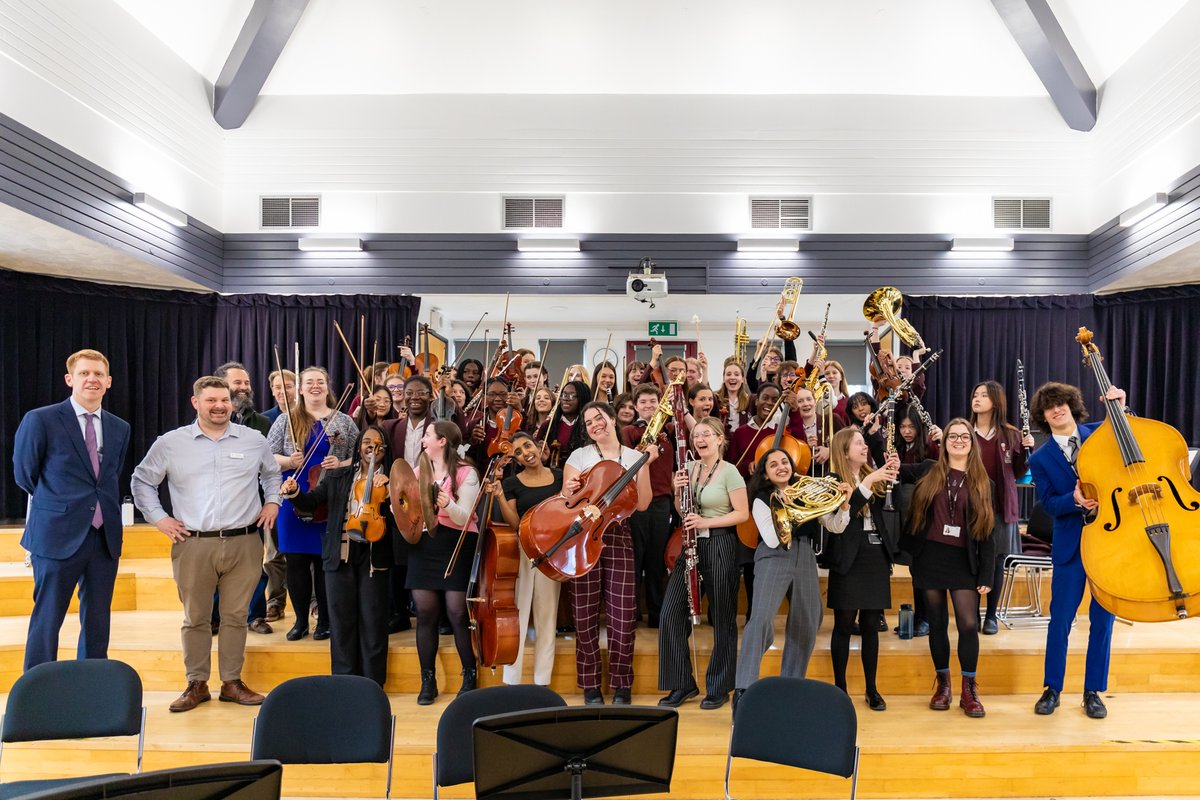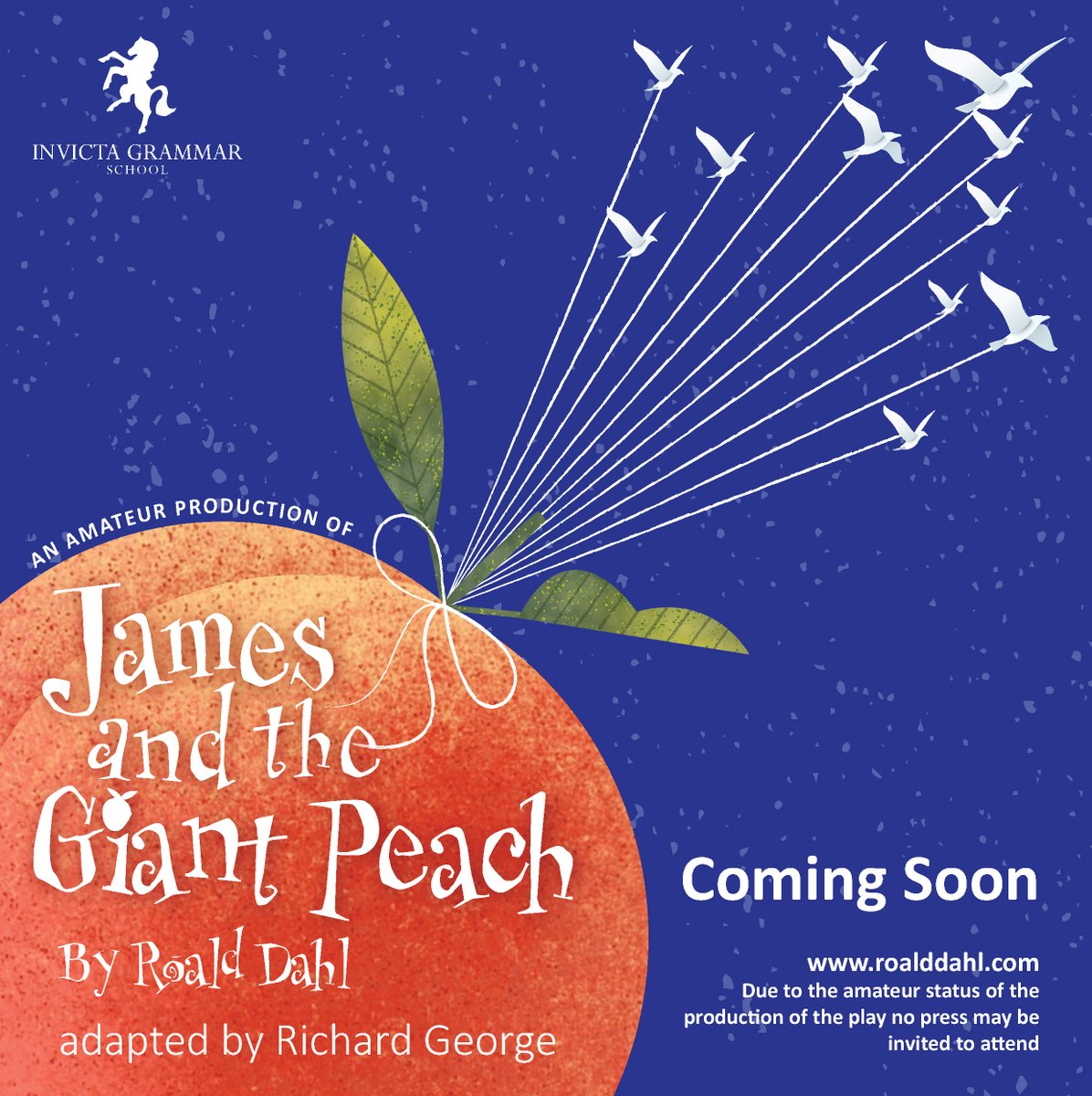Latest News
Year 12 Geography - Flatford Mills
Mr Moye sent this report:
Year 12 Geographers visited rural and coastal Suffolk over the weekend to investigate fieldwork skills for their NEA – after a rainy trek on Friday through the fields (after Mr Moye had forgotten his coat!), we travelled on Saturday to the sunny Walton-on-the -Naze for erosion studies! Sunday included some methods to analyse regeneration in Ipswich. Students worked extremely hard completing statistical analyses on their data. Well done to Year 12 and thank you to Miss Dixon for organising.
Aditi in Nightingale 1, Arshia in Roddick 2 and Stephanie in Roddick 1 had this to say about the trip:
As part of our Geography NEA coursework element we visited Flatford Mill for a 3 day program with the Field Studies Council to enrich our knowledge on various data collection and presentation methods which we can then implement in our own NEAs. On Friday, 3 May we arrived at Flatford Mill where were given an introduction to what the fieldwork element of our course entailed. We then embarked on our 40 minute scenic walk to Dedham village where we practiced stratified sampling techniques for various sites to assess whether there could be varying perceptions within the area. We then collected data at the 5 sites using the following methods of non-participant observations which allowed us to understand the perception and character of the place. We also used emotion mapping where we would see how we felt using the grid of colours and descriptive words which best suited the area. Finally, we used the soundscape audit to identify the sounds which give characteristics to the place . After this we then returned back to the house and presented our findings in various methods such as table and annotated images.
On Saturday we focused our attention onto coasts, looking into how Walton-on- the-Naze had managed a rapidly eroding coastline. We spent the morning in the classroom, researching background information to further understand the case study. Exploring some factors such as the areas’ geology, topography, and sediment cell, as well as the management strategies used, e.g., rock armour, revetments and geotextile matting, gave us the information we needed to complete our field work. After lunch we headed off to the coastline, collecting data at different sites such as the wave-cut-platform and the beach, to help evaluate the overall management. We looked at the infiltration rates of the sediment, the beach profile, as well as analysing the actual sediment itself, allowing us to infer the overall success of the management schemes. After dinner we met back in the classroom to review the data as a group before heading off for the night. Well, not before a quick game of hide and seek, and a couple of rounds of Uno of course.
On Sunday, we visited Ipswich town centre to evaluate the effectiveness of their regeneration in various parts of the town. We carried out multiple methods such as environmental quality surveys, land use surveys as well as questionnaires for the general public. These methods helped us understand how to measure success of regeneration projects and to relate our data back to our original hypothesis. Near the end of our investigation, we completed a clone town survey, taking tallies of different types of shops in the area and overall we came to the conclusion that Ipswich was a clone town. After this we headed back to Flatford Mill to discuss our findings and learn about GIS.
We enjoyed the long weekend and found it very valuable. Flatford Mill is a pretty national trust site with the historical association with Constable and the famous Haywain painting.
































